Pride on the inside
The addition of safe zones is a step toward inclusion at EHS
The EHS Gender and Sexuality Alliance club poses for Club Group Shot Day, March 26.
Two weeks ago, Tyler, the Creator, Grammy-nominated rapper, dropped “Okra,” a song describing the consequences the rapper experienced after releasing his 2017 album “Flower Boy.” Tyler, the Creator shares his battle to accept himself and his identity and sexuality and risks reject from his peers and the music industry.
The torment this acclaimed musician with fans worldwide faces speaks to the daily trials of young people who have have little or no support. Over 10 million Americans identify as lesbian, gay, bisexual, transgender, queer or plus, according to a 2017 Gallup poll. Statistically, that number would translate to about 74 students at EHS.
“The biggest issue was just the fact that if you become one of the out and proud people you become the face and there’s a lot more to being queer or trans than me,” Devin Gordon, LGBTQ+ student, said. “I can’t speak for everyone. That was one of the struggles.”
When students live in a constant struggle of fear and safety, they cannot learn. Students who report feeling unsafe are 15 percent less likely to attend school at all and when they do, they are more likely to score lower on tests than those who feel safe, according to a 2013 study conducted by the Institute for Education Sciences at New York University Steinhardt.
We can’t expect students to thrive if they’re not feeling safe in school,” naomi warren, social worker, said. “Unfortunately, in some instances we can’t even expect students to survive let alone thrive.”
Being unsafe is not limited to violence or crime. Students who feel separated from the majority of students, like students in the LGBTQ+ community, may also feel unsafe in their school, according to the Center for Disease Control.
“A lot of times, there are people who tell LGBT students that LGBT people have to concede who they are, when we have been conceding so much: what we believe in, what we want to do, how we feel comfortable,” Student A said. “Other people generally don’t have to concede that much at all.”
The names of students have been withheld to minimize potential harm. The fact that these students were not comfortable publishing their names speaks to a sense of danger they feel.
More than 55 percent of LGBTQ+ students have felt unsafe at school because of their sexual orientation and more than 37 percent because of their gender expression, according to a report from the Gay, Lesbian and Straight Education Network.
EHS has taken steps to ensure the safety and comfort of all students with Student Health and Wellness Day, the addition of the Restore Room and educating faculty on how to Speak Up at School.
Teachers also had the opportunity to attend the third session in a series of voluntary professional development on LGBTQ+ Safe Zones, a training led by Dan Pearson of Safe Connections, Feb. 12.
“EHS is moving very much towards a spirit of inclusion,” Jennifer Strauser, associate principal, said.
The Safe Zone Project is about creating spaces in which LGBTQ+ students feel comfortable and safe.
“Those are needed spaces for students to go so that they feel a place of acceptance and a place of community,” Kristina Raymond, guidance counselor, said. “Safe zones are very important.”
While society hold an implicit expectation that schools are safe places, that isn’t necessarily how students feel about their schools.
“It’s clear that there are folks in this school that have been doing some ahead-of-the-curve stuff, but it’s not happening in a lot of other districts in the area,” Pearson said. “There are some very committed people here who are really trying to make it a safer space for kids who don’t conform to stereotypes about gender and sexual orientation.”
School groups like the Eureka Equity teams tackle tough topics that traditionally divide people to transform those issues into learning moments, safe zones focuses on a historically marginalized group.
Teachers who went through the Safe Zone training learned to make their classrooms spaces for students to openly be themselves without fear or conflict.
“I know for me there’s been a lot of conflict,” Gordon said. “It was really easy for that to become the only thing people saw. I can’t speak for everyone, and that’s one of the struggles.”
With more than half of all LGBTQ+ students feeling unsafe in school, learning can become a daily trial.
“Society is still getting used to LGBTQ+ rights,” Student B said. “I just have some friends who don’t understand it.”
Additionally, 74 percent of LGBT students are verbally abused because of their sexual orientation and 55 percent for their gender expression.
Higher bullying rates not only contribute to students feeling unsafe but also to higher suicide rates. Studies show that LGBTQ+ students who experience both cyberbullying and bullying at school are more likely to display suicidal tendencies.
Almost one-third of LGBTQ+ teens have attempted suicide. If the amount of LGBTQ+ students who are bullied is reduced, naturally, the suicide rate will decline. Safe Zone training is about seeing those students and acknowledging their existence and their struggles.
Mentors and allies can be big difference makers.
“I like it,” Student B said. “Especially if your parents aren’t very accepting or your friends don’t understand it, you have a person of authority who actually understands and can help you work through some of your issues.”
For example, when a student indicates they prefer a specific pronoun, having adults respect that language by using it, acknowledges the value of that student as a person. To deny the language is denying that student’s humanity.
“I can listen to any student and what they have to say,” Raymond said. “Every student has every right to explore where their feelings are.”
Denying these students can create a hostile environment for those students.
“We take bullying and harassment very seriously,” Charles Crouther, head principal, said. “However, one of our biggest problems is that when a student has that happen to them, they don’t bring it to the attention of an adult.”
Almost three years ago, EHS Gender and Sexual Advocacy members submit language to the Board of Education to amend Rockwood School District discrimination policies and include “sexual orientation” in the language.The BOE did approve to review the language; however sexual orientation is not included in the district’s current discrimination policy.
The first step for creating a safe school for LGBTQ+ youth is speaking up and stopping the problems as they come up. Students are encouraged to find an ‘ally,’ a trusted adult within the building. Allies listen to the student and hear what they have to say.
“Allowing conversations is one of the best things teachers can do,” Gordon said.
Teachers are not always aware of the struggles that their students are having but being open and listening to students can help to bridge this gap of understanding.
“The overall takeaway from the ePLO was respect,” Jessica Williams, Safe Zone training attendee, said. “That’s not something that I can necessarily know beforehand and recognizing that I don’t have all of that knowledge to begin with is important when I’m talking to the student.”
Teachers can identify themselves and their classrooms as safe zones by posting a sticker outside the door. However, this is not necessarily the solution to students’ discomfort at school.
“Putting a sticker on your door and saying ‘This is a safe space’ is great, but it’s not enough,” Rebecca Schweizer, Safe Zone training attendee, said. “It’s having the conversations and not being afraid to get into those conversations with the students. If somebody makes a comment about a student, not just sitting back and letting it happen but entering in and helping them to facilitate that conversation. That way all students feel like they’re equally heard and views are shared and the students feel safe and respected.”
Safe zones encourage open dialogue between students and staff to solve conflict and create a safe and secure environment.
“It’s more than just respect,” Williams said. “It is valuing each student and ensuring that students learn to value each other and the words that they say.”
Using safe language and being open to the ideas and emotions of other people is fundamental in the process of true understanding.
“It’s all about listening,” Student B said. “You have to understand that sometimes being wrong is okay. We’re communicators, and if you want to provide better communication and better support, you have to be willing to listen.”
A highly-praised rapper releasing an album to millions is afraid of losing fans and validation simply for being himself. Students fear losing their friends and even family for being themselves. Whether someone has thousands of supporters or two, when they are shut down and denied, they become a different person. They are no longer themselves because society won’t accept them.
The addition of safe zones brings EHS one step closer to a safer community for everyone.
Your donation will support the student journalists of Eureka High School - MO. Your contribution will allow us to purchase equipment and cover our annual website hosting costs.
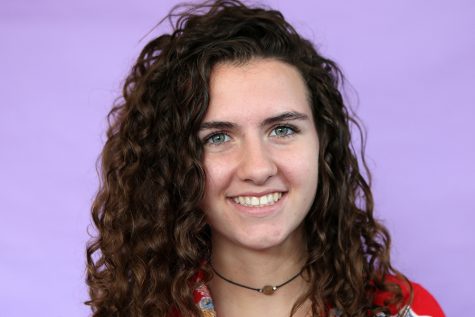
Miller is a reporter for the EHS-hub. She has been on staff since the first semester of her senior year, returning after taking Journalism, Writing, and...
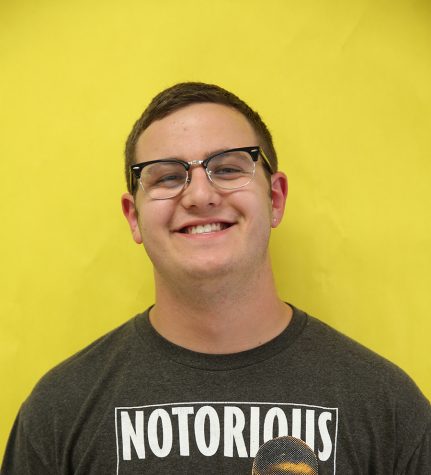
This is Ethan's seventh semester on the News Production staff. In his free time, he enjoys taking photos, going to concerts and hanging out with his friends....

This is Todd's second year on Eurekana staff. Todd serves as the assistant production editor for the Eurekana 2018. Word that describes her: different....


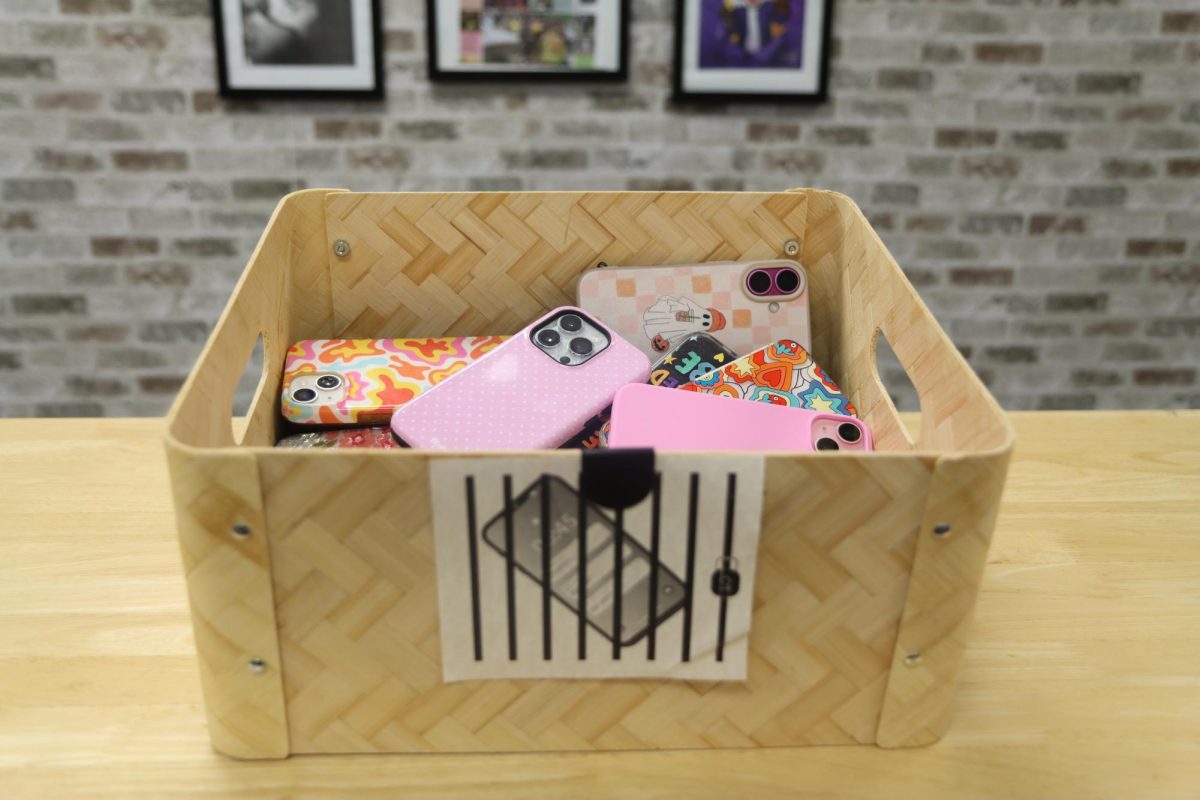

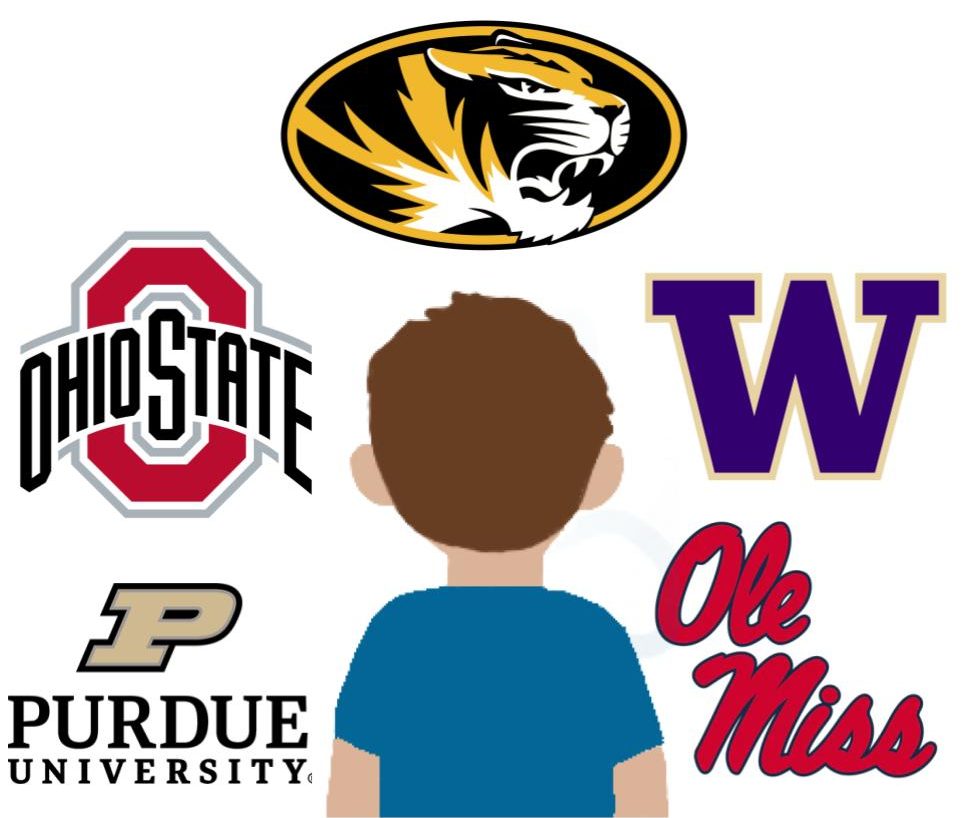
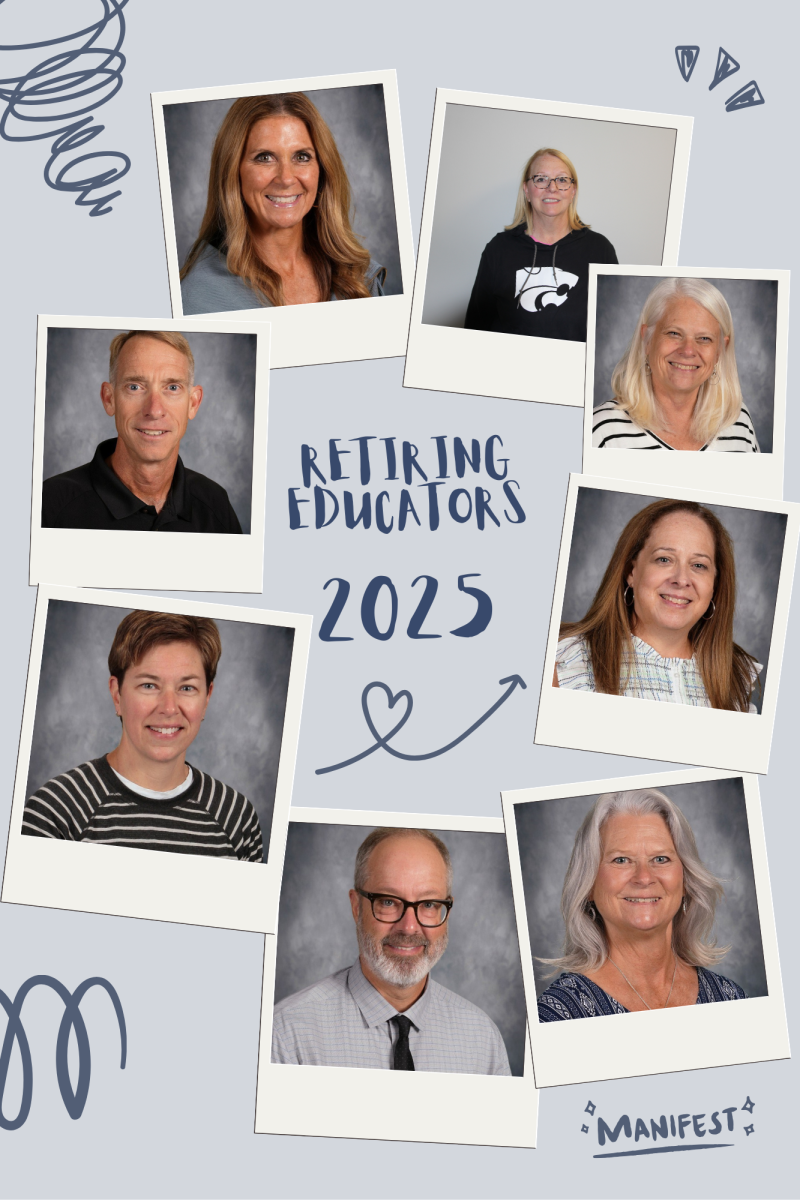

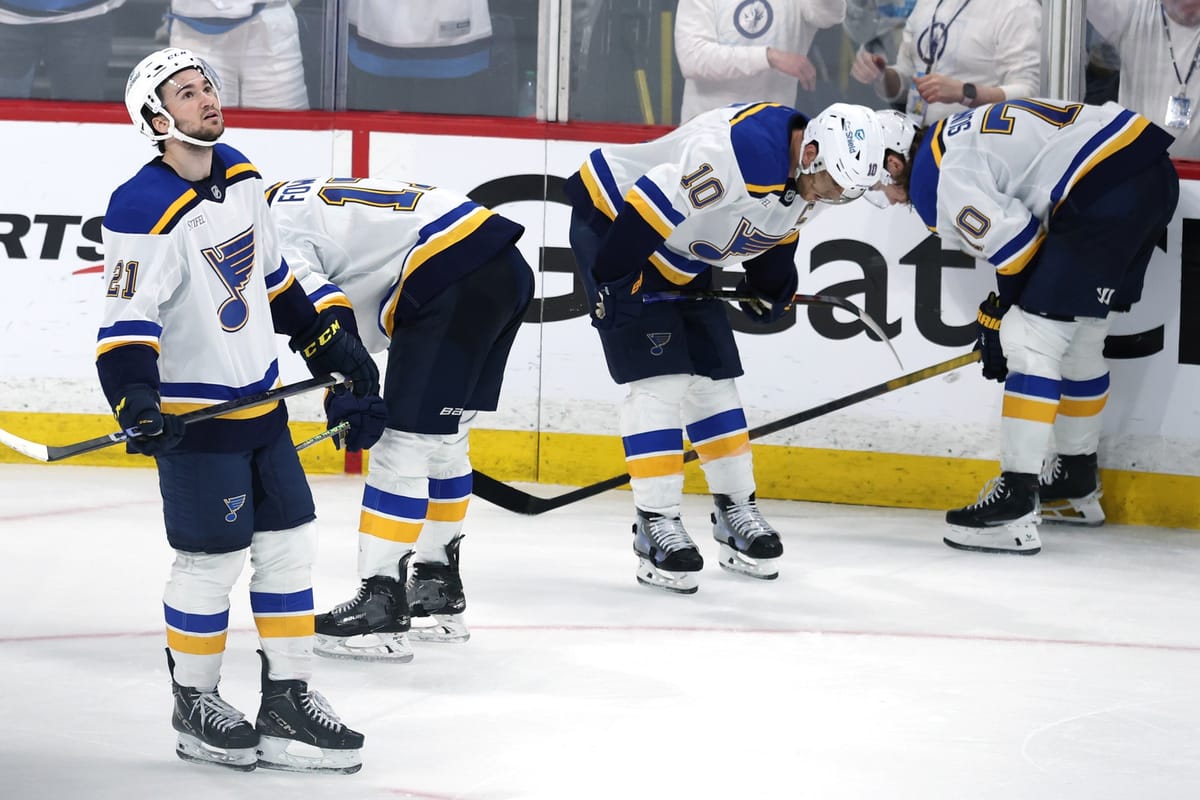
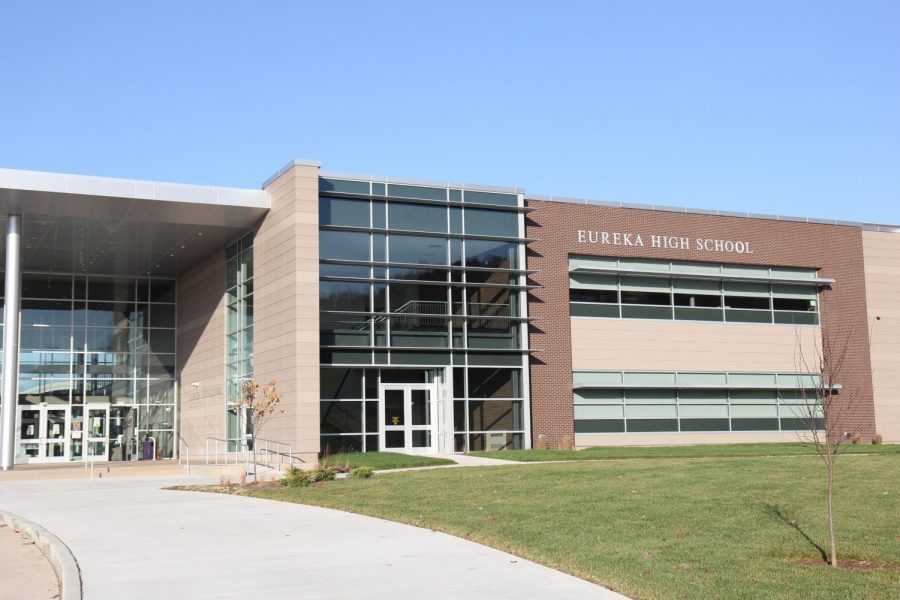

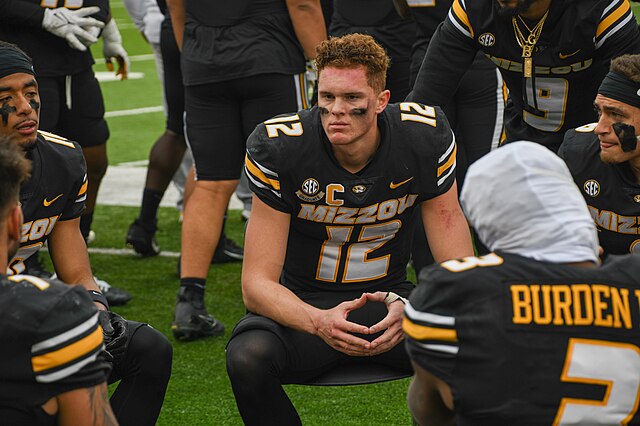
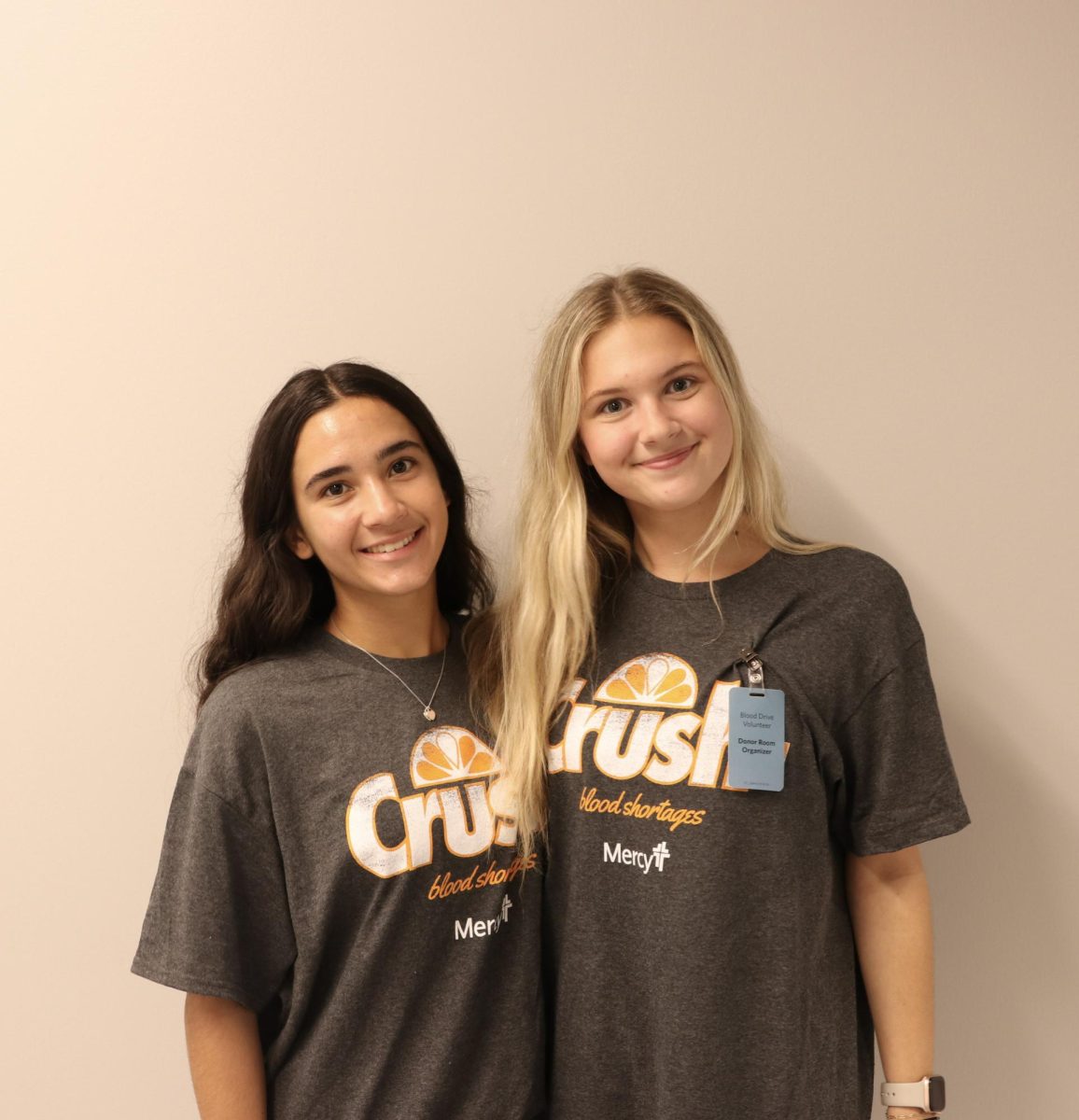

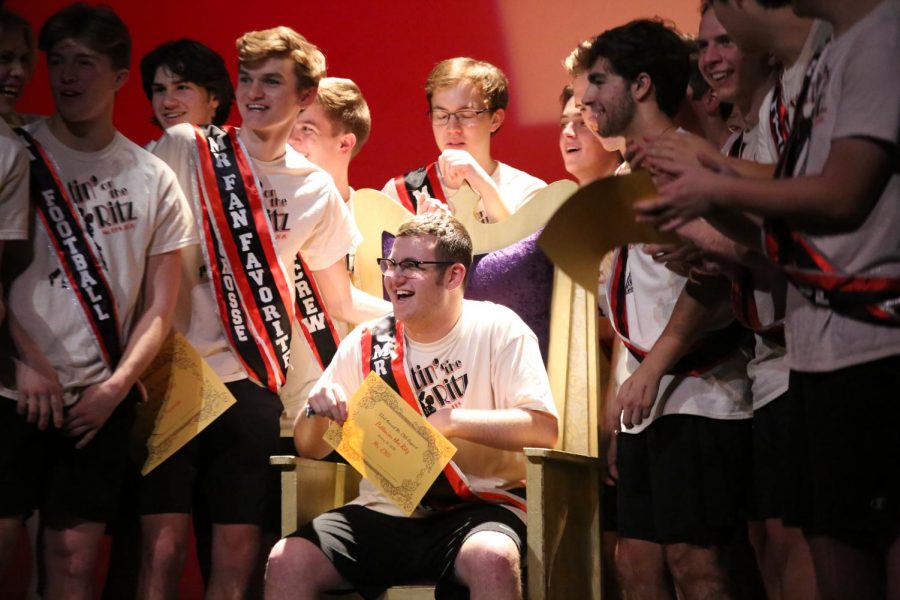
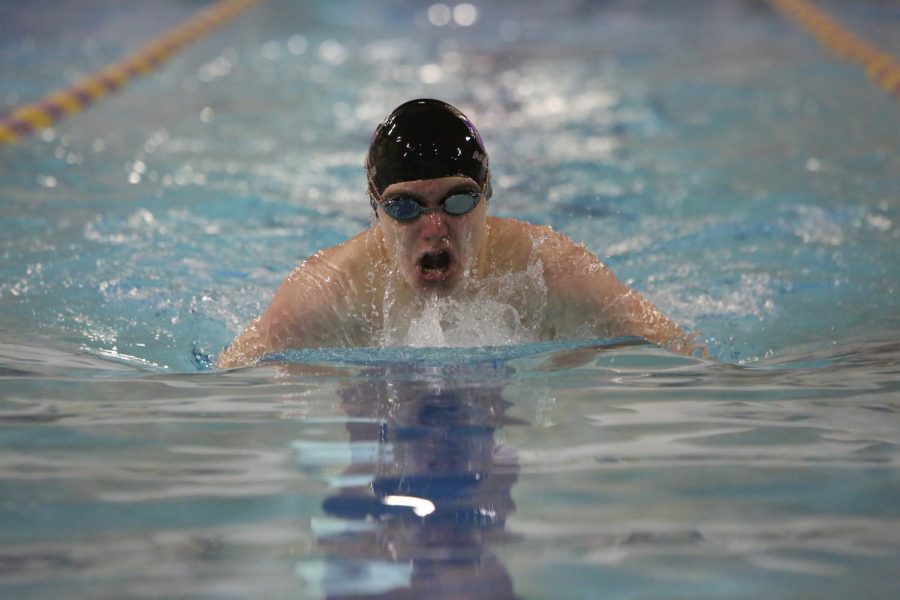
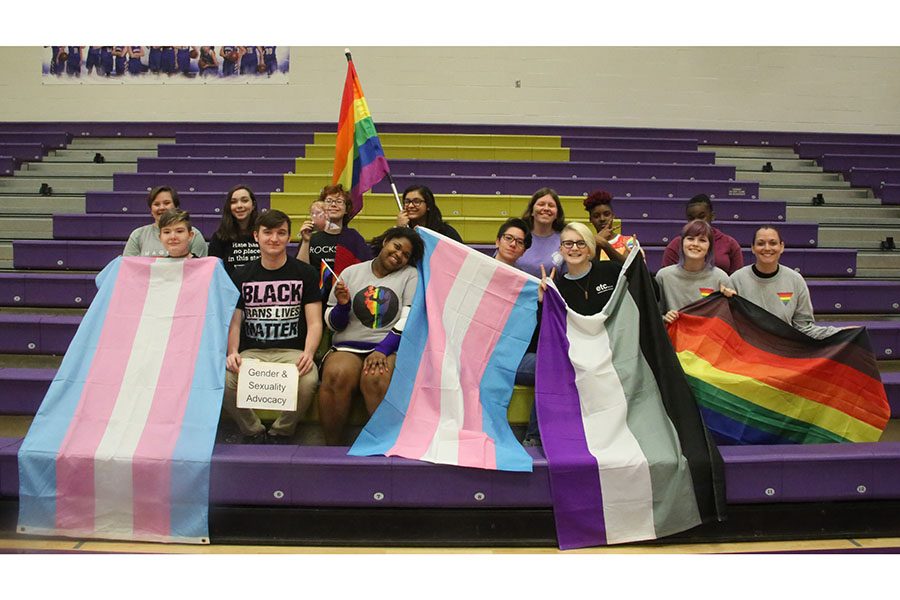


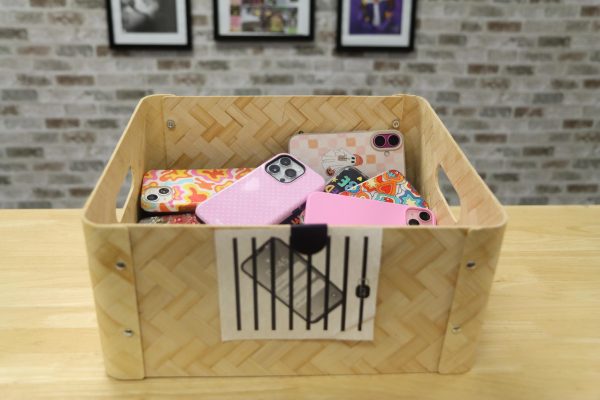
Deborah Asher • Apr 13, 2018 at 10:58 AM
A few years ago, each year, there would be at least one student wanting to start an LGBTQ+ club but they could not get a staff sponsor. That changed 7 years ago when I became the principal. At that time the kids had to use ladders when posting signs for meetings. The signs had to be placed high enough on the walls that they could not be ripped down or wrote on. I tell this story because it was the first thought I had when I saw the bright beautiful photo with this article. Eureka takes great pride in the fact it is a family and bands together to support one another. I am very proud of the students working to ensure this family includes everyone. We do not want anyone to ever have to use ladders again.
Note: Students identified as vandalizing club signs were not disciplined in the traditional sense. Instead it was used as an opportunity to practice restorative justice and to educate ignorance (you don’t know what you don’t know). This demonstrated the true character and goals of the students putting up signs!
Highest Regards,
DAsher